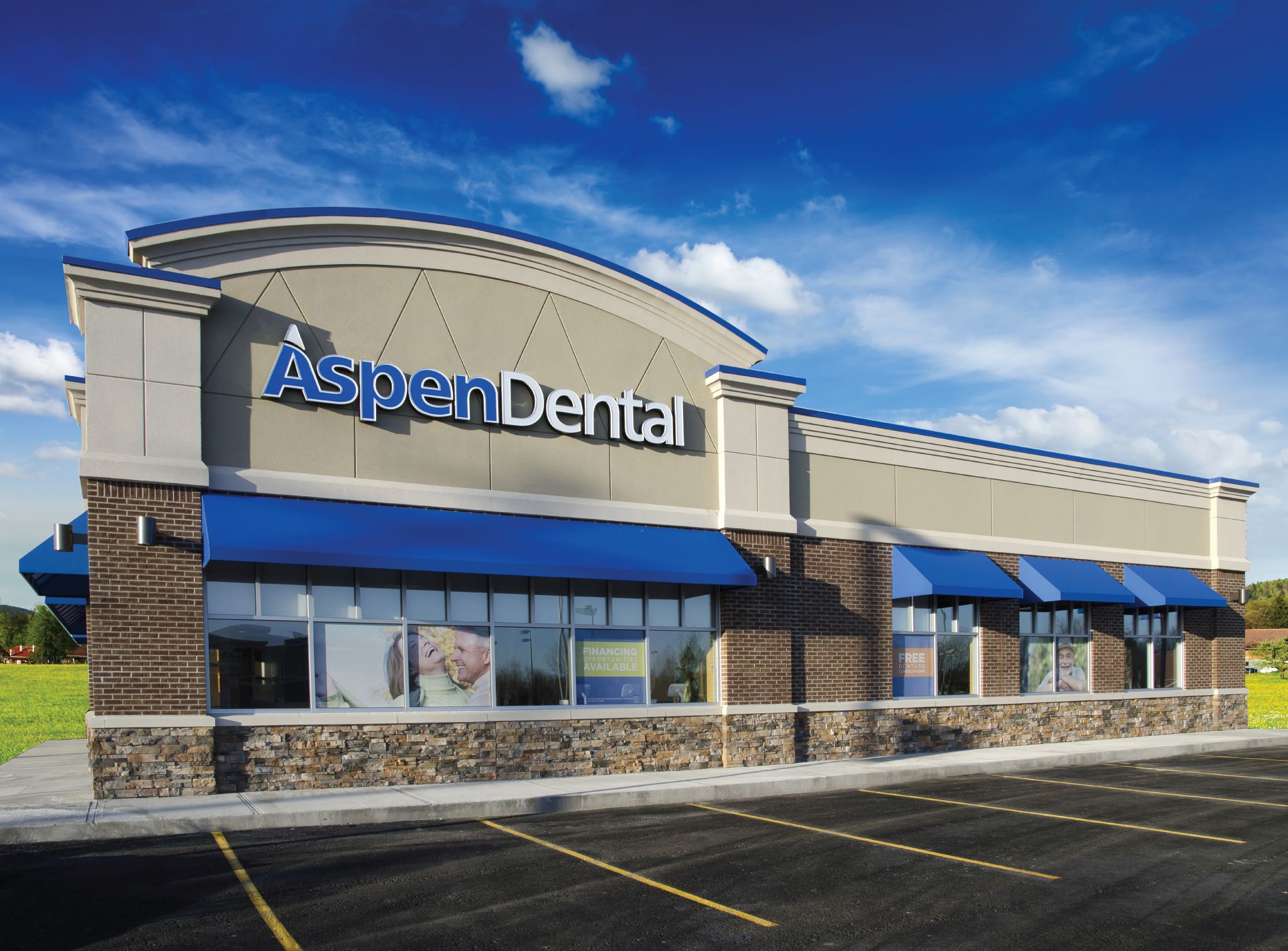Fillings Recovery Guide: Heal Faster Naturally
Recovering from dental fillings can be a challenging and delicate process. While modern dentistry has made significant advancements in providing effective and relatively painless procedures, the aftermath of getting a filling can still be uncomfortable for many patients. The good news is that there are several natural ways to aid in the healing process, reduce discomfort, and get back to your daily routine as quickly as possible.
Understanding the Filling Procedure
Before diving into the recovery and healing process, it’s essential to understand what happens during a filling procedure. Dental fillings are used to repair teeth damaged by decay, cracks, or fractures. The process involves removing the decayed portion of the tooth, cleaning the area, and then filling it with a material such as amalgam, gold, composite resin, or ceramic. Each material has its own set of advantages and disadvantages, and the choice often depends on the location of the tooth, the extent of the decay, and the patient’s personal preference or budget.
Immediate Post-Filling Care
Immediately after the procedure, it’s common to experience some numbness due to the local anesthetic used. This numbness can last from a few hours to several hours, depending on the type of anesthetic and individual factors. During this time, it’s crucial to be careful not to bite your tongue, cheek, or lip.
Eating and Drinking
- Avoid Hot and Cold Foods/Drinks: For the first few days, try to avoid consuming extremely hot or cold foods and beverages, as they can cause sensitivity.
- Soft Foods: Stick to a diet of soft foods like mashed potatoes, yogurt, scrambled eggs, and soft-cooked vegetables for the first day or two.
- Avoid Chewing on the Filled Tooth: Try to chew on the opposite side of your mouth to avoid putting unnecessary pressure on the newly filled tooth.
Oral Hygiene
- Gentle Brushing: Continue your regular oral hygiene routine but be gentle around the filled tooth. Use a soft-bristled toothbrush and a fluoride toothpaste.
- Flossing: If you have been instructed to floss, do so carefully to avoid dislodging the filling or irritating the gums.
Natural Remedies for Faster Healing
Several natural remedies can help in the recovery process and reduce any discomfort associated with dental fillings.
1. Salt Water Rinse
Rinsing your mouth with warm salt water several times a day can help reduce swelling, kill bacteria, and promote healing. Mix 1⁄2 teaspoon of salt in a cup of warm water and swish it around your mouth before spitting it out.
2. Turmeric
Turmeric contains curcumin, which has potent anti-inflammatory and antibacterial properties. You can either consume turmeric tea or apply a gel or paste containing curcumin directly to the area (though consult with your dentist first).
3. Aloe Vera
Aloe vera gel has soothing properties that can help reduce inflammation and promote the healing of the tissues in your mouth. Apply aloe vera gel to the affected area with a cotton swab.
4. Vitamin C
Boosting your intake of vitamin C can help in wound healing and support your immune system. Include foods rich in vitamin C like oranges, lemons, bell peppers, and leafy greens in your diet.
Managing Sensitivity
It’s common to experience some sensitivity after getting a filling, especially if the filling is deep or if the decay was close to the nerve. Here are a few tips to manage sensitivity:
- Desensitizing Toothpaste: Use a toothpaste designed for sensitive teeth. These toothpastes contain ingredients like potassium nitrate that can help block the dentinal tubules (the tiny channels in the teeth) and reduce sensitivity.
- Avoid Acidic Foods: Acidic foods and drinks can exacerbate sensitivity. Try to limit your consumption of such items.
- Fluoride Mouthwash: Using a fluoride mouthwash can help strengthen your teeth and reduce sensitivity.
Potential Complications and When to Seek Help
While dental fillings are generally safe, there are potential complications to watch out for:
- Increased Sensitivity: If the sensitivity persists or worsens over time.
- Allergic Reactions: If you notice any signs of an allergic reaction, such as rash, itching, or swelling, especially if you’re allergic to certain metals used in amalgam fillings.
- Pain: Severe or throbbing pain that persists or recurs, which could indicate that the filling has failed or that there’s an underlying infection.
- Filling Falls Out: If the filling falls out, which requires immediate dental attention to prevent further decay or infection.
In any of these scenarios, it’s crucial to contact your dentist promptly for advice or to schedule an appointment.
Conclusion
Recovering from dental fillings involves a combination of rest, proper oral hygiene, and leveraging natural remedies to enhance the healing process. By understanding the procedure, following post-filling care instructions, and utilizing natural remedies, you can minimize discomfort and ensure a smoother recovery. Always remember, if you experience any unusual symptoms or severe pain, your dentist is there to help you navigate the healing process and address any concerns you might have.
How long does it take for a tooth to heal after a filling?
+The healing time can vary depending on the depth of the filling and the individual’s healing process. Generally, it can take anywhere from a few days to a couple of weeks for the tooth and surrounding tissues to fully recover and for any sensitivity to subside.
Can I eat normally after getting a filling?
+It’s advisable to avoid chewing on the filled tooth for a few hours and to stick to soft foods for the first day or two. After that, you can gradually return to your normal diet. However, it’s best to avoid extremely hard, chewy, or sticky foods for a while to prevent dislodging the filling or causing discomfort.
How can I manage tooth sensitivity after a filling?
+Using desensitizing toothpaste, avoiding acidic or extremely hot/cold foods and drinks, and applying topical remedies like aloe vera can help manage sensitivity. If the sensitivity persists or worsens, it’s best to consult with your dentist for further advice or treatment.


